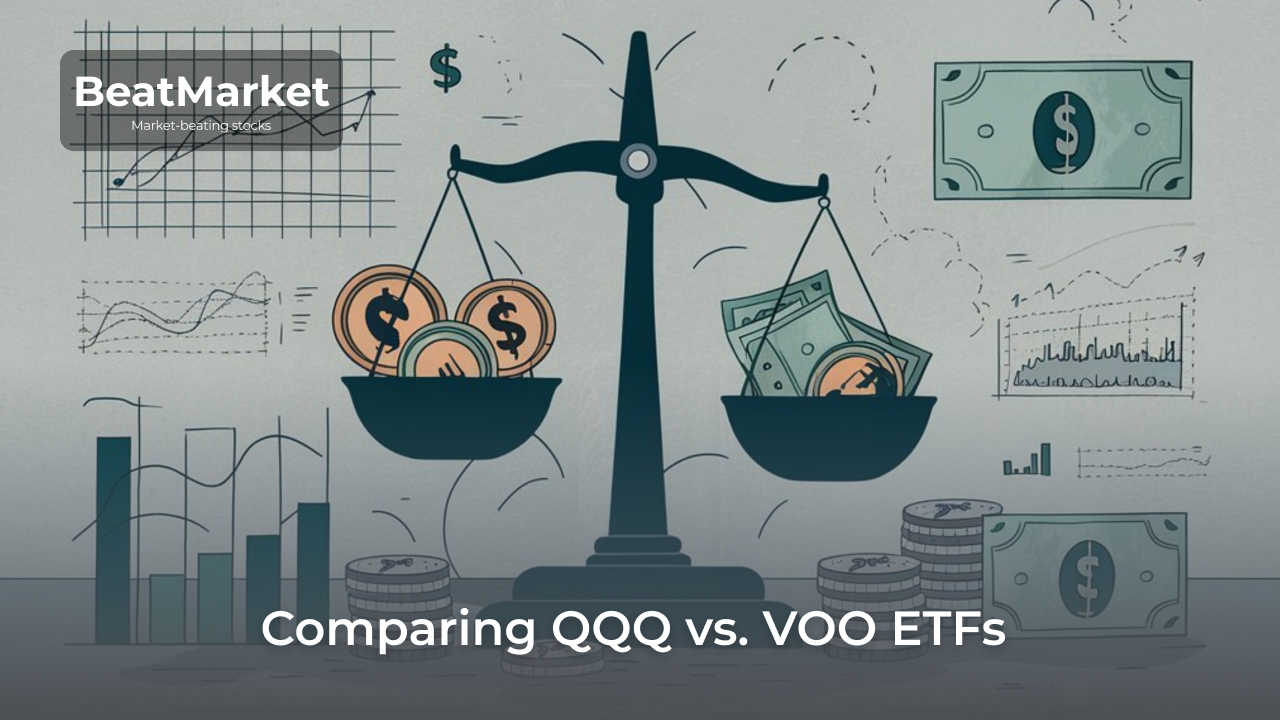The standard attributes of a millionaire are an expensive suit, a Swiss watch, a magnificent car, and a mansion in a prestigious area. However, Henrietta Howland Robinson (Hattie Greene) had none of these, except for huge capital and assets in the form of entire neighborhoods in Chicago, New York, and several other cities. In financial circles, she was firmly nicknamed “the witch of Wall Street.” She received this nickname for her black dress, which she wore for most of her life, her stinginess, and her extraordinary success in the field of investments.
Table of Contents
Introduction
These days, the name Hetty Green is not often heard. This whaling heiress turned investing guru was making millions and dispensing sage advice to Wall Street decades before Warren Buffett, known as the greatest investor of our era, was born.
When Benjamin Graham, Buffett’s hero and the man called the “father of value investing,” was in elementary school, Greene was already making millions buying Civil War bonds, railroad stocks, and mining stocks. She also had success with mortgage lending, never charging excessive interest but not afraid to foreclose if she didn’t receive payments.
Always saving and having extra money on hand, Greene lent to American businessmen, investors, and even the city of New York during difficult times. All the while, she preached much of the sound, so-called “value” investing advice that Graham detailed throughout his career—the same advice often heard from Buffett today.
But as a Massachusetts native turned New Yorker, she was also a working mother raising two children alone, known for her fiery nature and unwillingness to conform to what was considered a woman’s place.
There’s even a story about Greene pulling a gun on her rival, railroad magnate Collis Potter Huntington, after he threatened her son Ned over a railroad dispute in Texas. “Until now, Huntington, you have been dealing with businesswoman Hetty Green. Now you are fighting with Hetty Green’s mother,” she reportedly said. “Damage one hair on Ned’s head, and I’ll put a bullet through your heart.”
“She had the courage to live the life she wanted,” following only those conventions that “seemed right and useful to her, coldly and calmly ignoring all others.”
Early Years
Henrietta (Hattie) Howland Robinson Green was born in 1834 in New Bedford, Massachusetts. The daughter of a conservative Quaker family that owned the largest whaling fleet in the city, Greene studied finance and commerce from a young age and became the family accountant by age 13.
After attending boarding school, Hetty continued to help her father with his business in New York when he sold his whaling business. There she met and married Edward Henry Greene, a partner in the trading business. They had two children, Edward and Harriet.
When Greene’s father died in 1865, she inherited about $5.9 million, or about $95 million in today’s terms. The problem was that $5 million of that money was locked up in a trust that only gave her rights to its income.
Despite this, Green began buying shares with what she had, conducting detailed research on companies to find those with the best “value” in the market. She was always looking for “undervalued stocks” and was “much less worried about the market’s direction.”
The Secret to Success: Model Hitty Green
Green made her fortune by following disciplined investing principles. She was a controversial woman and not without reason did she end up in the Guinness Book of Records with the caption “The world’s most miserly person.”
Green was ahead of her time in many ways. She always avoided using leverage in investing, similar to what Warren Buffett recommended throughout his career. Graham failed to escape this in the 1920s, leading to dismal years for his foundation during the Great Depression.
Sergey Fedotkin, [31.03.2024 11:48]
After the end of the Civil War in 1875, government bonds, which were incredibly in demand due to patriotic sentiment, began to quickly lose value. America no longer needed help in waging the war, but this made the bonds more reliable and cheaper. It is estimated that Hetty earned $500 thousand, or more than 50% of her initial capital, from their timely purchase.
Hetty Green’s finest hour was during the banking and stock exchange panic of 1907, known as the “Banking Panic.” The NYSE index fell by 50% relative to its historical maximum, company shares collapsed one after another, depositors withdrew deposits from banks en masse, causing many bankruptcies. For the “witch,” this was the most profitable period.
Hetty Green’s Principles of Investing
“You should always buy low, sell high, and combine these rules with three simple things: insight, perseverance, and frugality.”
🟢 Exaggerated expectations, wild speculation, and high debt load can lead to disaster.
🟢 Before making an investment decision, it is necessary to gather all information about the object.
🟢 Watch your pennies, and the dollars will take care of themselves.
🟢 Never buy with borrowed funds.
🟢 Common sense is the most valuable asset anyone can own. This is the main secret to making money.
🟢 If you can buy a good thing at a lower price than ever before, you can be sure that it is really cheap.
When Green died in July 1916, the New York Times wrote in her obituary that she was “generally considered the richest woman in the world,” having amassed a fortune of $200 million, or nearly $6 billion in today’s terms.







